Snowy sleuthing
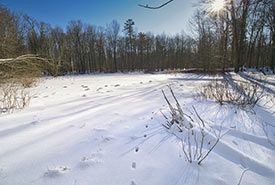
Backus Woods, ON (Photo by Gregg McLachlan)
Become nature’s detective this season and try to identify the tracks these animals leave on their snowy canvasses. Forests and open landscapes are great places to spot signs of wildlife. Forests offer thousands of species safe habitat; in...
What happens to invasive species in the winter?
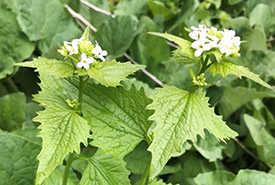
Second-year garlic mustard plant (Photo courtesy Invasive Species Centre)
With the change in seasons, invasive species may become out of sight and out of mind. But they always seem to come back every year. So where do they go in winter? Researchers are working to answer this question by investigating how invasive...
Diving into winter hibernation
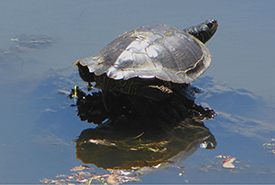
Northern map turtle (Photo by D. Gordon and E. Robertson)
It’s official: winter has made its way across Canada, and isn’t going anywhere anytime soon. Humans layer up to brave the cold, and migratory birds make their way to warmer climates, but turtles have their own way of toughing out the...
Beginner's guide to winter tree identification
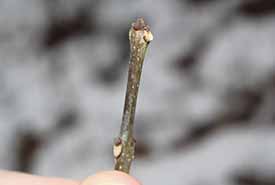
White ash bud and twig (Photo by Quinten Wiergersma, CC BY 4.0)
Many trees are easier to identify without their leaves. When you’re out for a winter hike, it may seem that there aren’t many clues to identifying the trees around you. Because trees are sporting bare branches, you might think they...
Take them to feel the forest: Winter sensory activities for kids
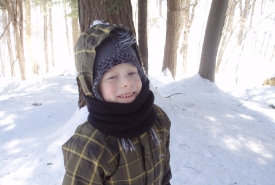
Snowshoeing in Parc de la Gatineau, QC (Photo by DJ)
I‘ve walked in the woods all my life, but it wasn't until I took young children with me that I noticed how fascinated they were with the variety of textures found in their surroundings. Kids can spend hours feeling, building, touching and...
8 tips for enjoying your winter experience safely
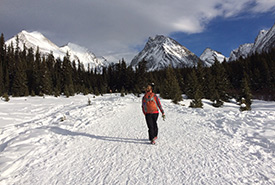
Spike hike on a relatively warm winter day. (Photo courtesy of Gayle Roodman/NCC staff)
Spending time in nature on a regular basis allows you to observe the subtle changes that happen daily. However, between seasons, the changes aren’t so subtle. In winter, low temperatures and shorter days force species to adapt. Deciduous...
Lessons in winter wildlife photography
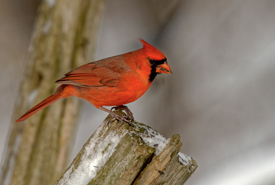
Male cardinal (Photo by Lorne)
Distant memories of my first film camera come to mind when I think about photography. Its silver colour and round dials looked impressive, everything was manual, all decisions were mine and feedback was non-existent, until the film was processed....
The Great Backyard Bird Count: Counting birds for community science
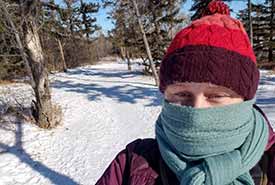
Dressed for birding in the polar vortex (Photo by Sarah Ludlow/NCC staff)
The Great Backyard Bird Count (GBBC) is a global community science project that aims to gather a snapshot of bird populations and distributions in mid-February, before their annual spring migrations begin. The GBBC runs for four days each year,...
How tracking animals leaves a different imprint on winter
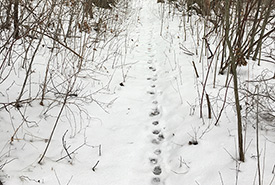
Tracks of a coyote walking - note the straight track pattern. (Photo by NCC)
It isn’t a secret that most city dwellers have complicated relationships with winter (myself included). When the weather takes a turn for the worse, it seems to have a domino effect on urban centres, increasing traffic and slowing everything...
How species survive winter: Hibernation
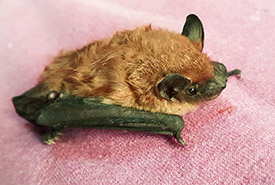
A big brown bat "hanging out." Often when found outside, big brown bats sit in this position on the side of a building, tree or (ideally not) on the ground. (Photo by Sarah Ludlow/NCC)
Previously, I discussed how small songbirds, and black-capped chickadees in particular, survive winter on the Canadian Prairies. Now I will discuss another strategy that animals use to survive the long, cold winter months: hibernation. Hibernation...

